After attempting to clean our dirty water, we began thinking about what was possibly still in our water and why it didn't get as clean as we hoped.
We began thinking about how some of the items in our dirty water got trapped by the tools, and why other items were definitely still in the dirty water or may be in the dirty water. Mrs. Brinza showed a silly example to get us thinking...
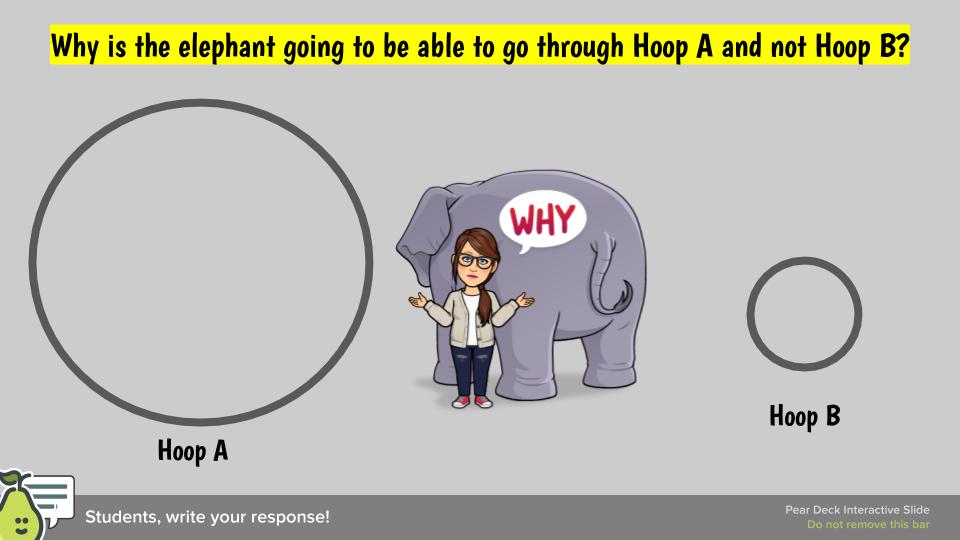
Of course an elephant wouldn't fit through a small hoop because it would be too big! This helped us see how the size of an item we put in the water would factor in if the tool we were using had a hole big enough to allow it to pass through or small enough to trap it. We still didn't really have agreement though, on what was able to get removed from our dirty water.
But revisiting our elephant example, we're starting to see how the holes/empty space/gaps in the tools we were using played a role in what got trapped!
From here we went back to our dirty water samples, drawing models of what we thought might be still in our dirty water samples based on what we thought could fit through the empty spaces in our tools. Check out some students' ideas!
Even though we had such interesting ideas, there was still a big concern in the way in which we were representing the water part of our dirty water, especially if we began thinking about patterns we saw emerging of what was able to be caught by the tools, and what was able to pass through them!
We began seeing how pieces of things get caught when the hole they're trying to pass through is too small for it, but this also meant that things have to be made of pieces to pass through a hole. We walked through some demonstrations to push our thinking deeper!
From here, we're thinking that if anything goes through even the smallest of holes, like in a coffee filter, it's got to be made of pieces, too. Otherwise it would get stuck if it was a BIG piece. We're sharing out our ideas of what water could look like knowing how it behaves with a tool like a coffee filter! How does water look if we were to zoom in on it? How does this relate to the things that may still be in it? Why can't we see them? Why do they go through the coffee filter, too? How does the WWTF actually get them out of the water, if they are just too small to be seen? So many questions!!!
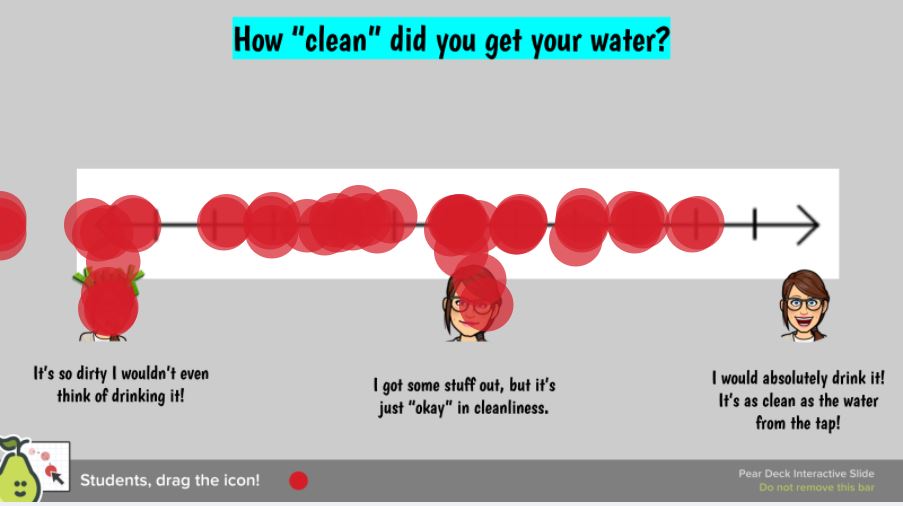




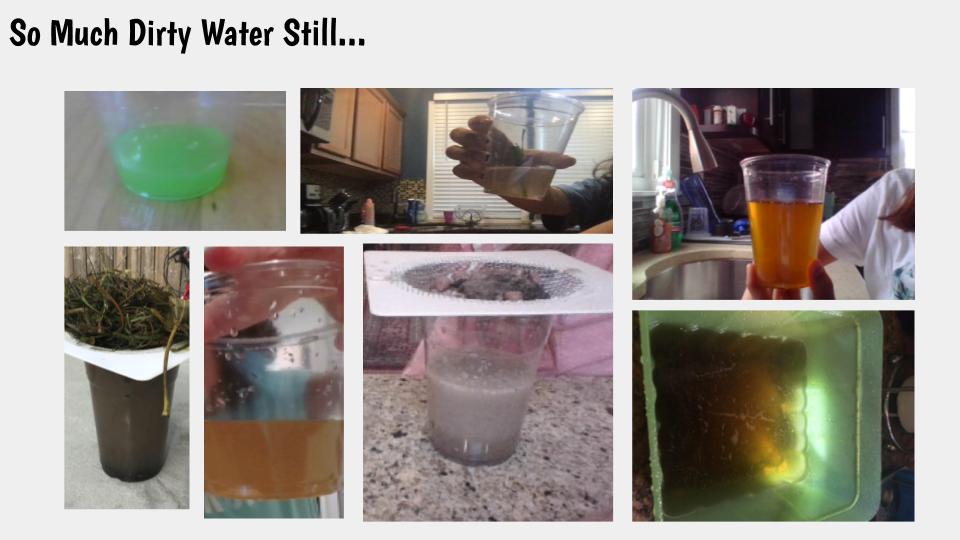
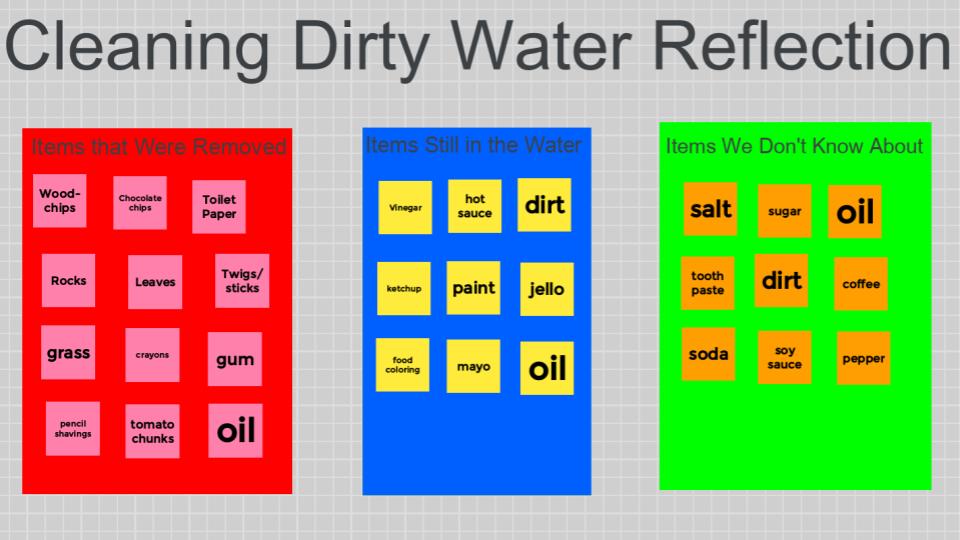
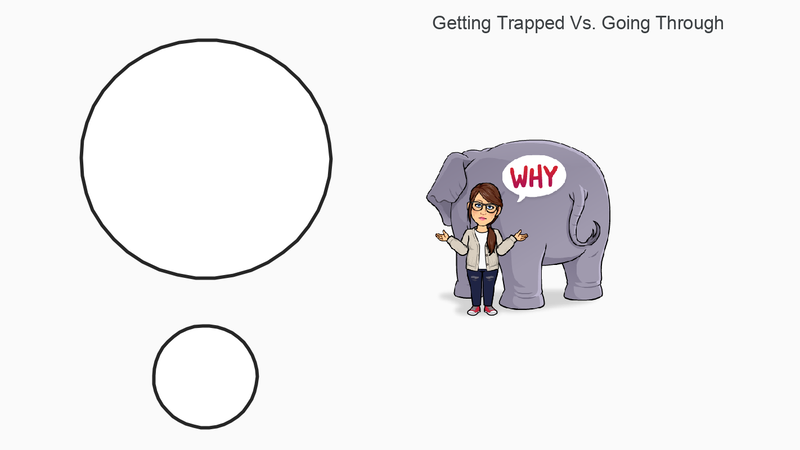
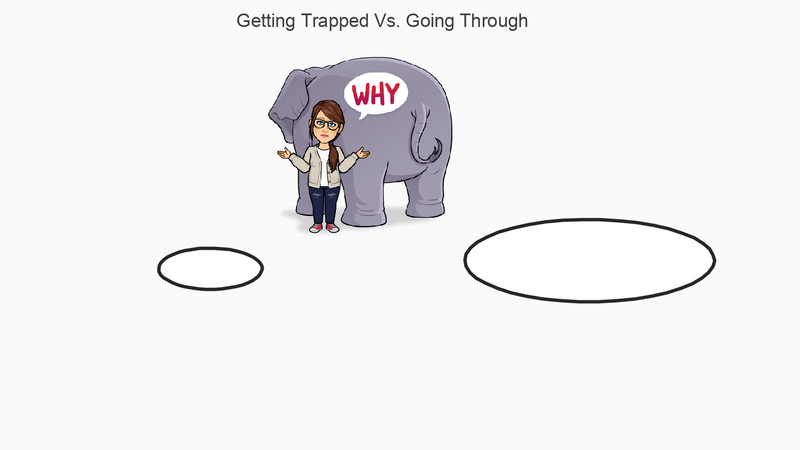
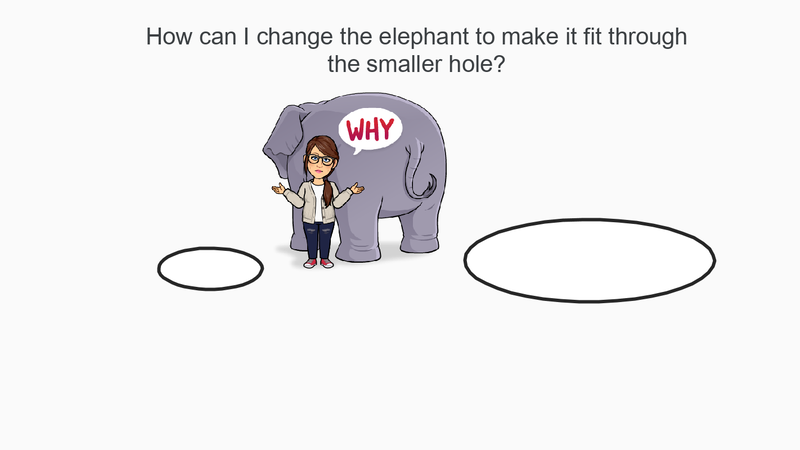
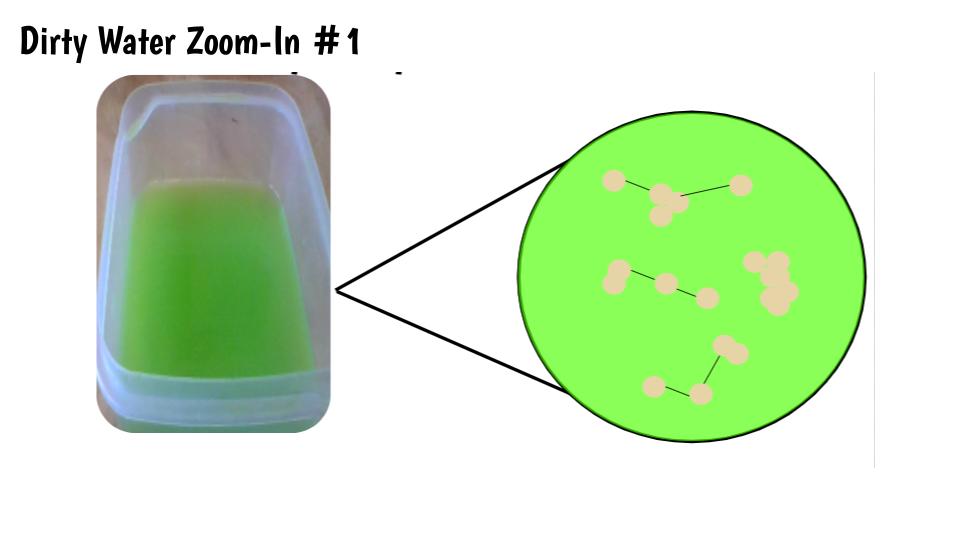
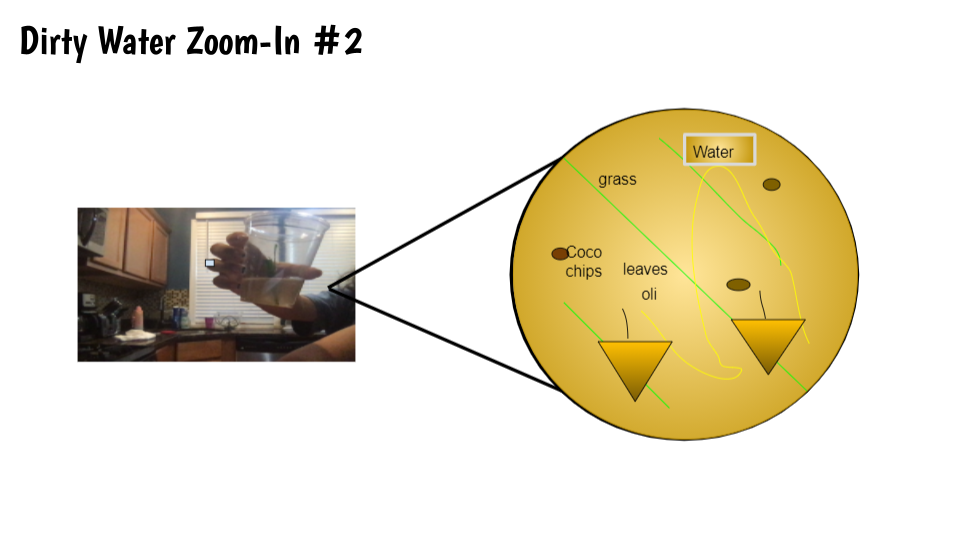
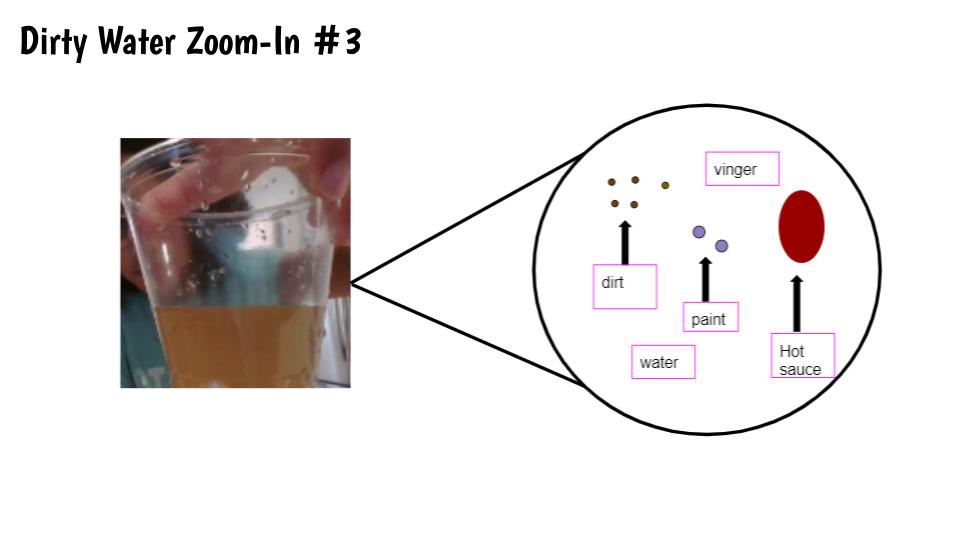
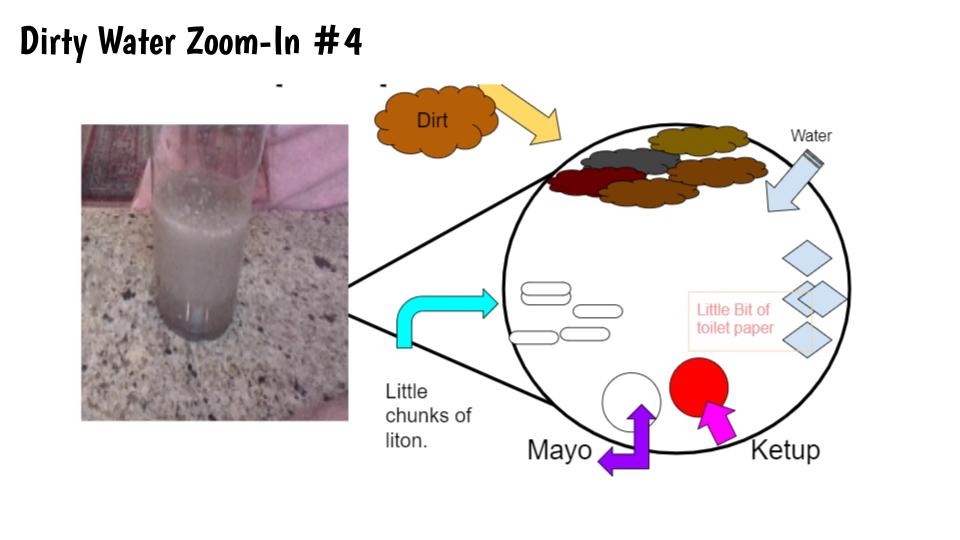
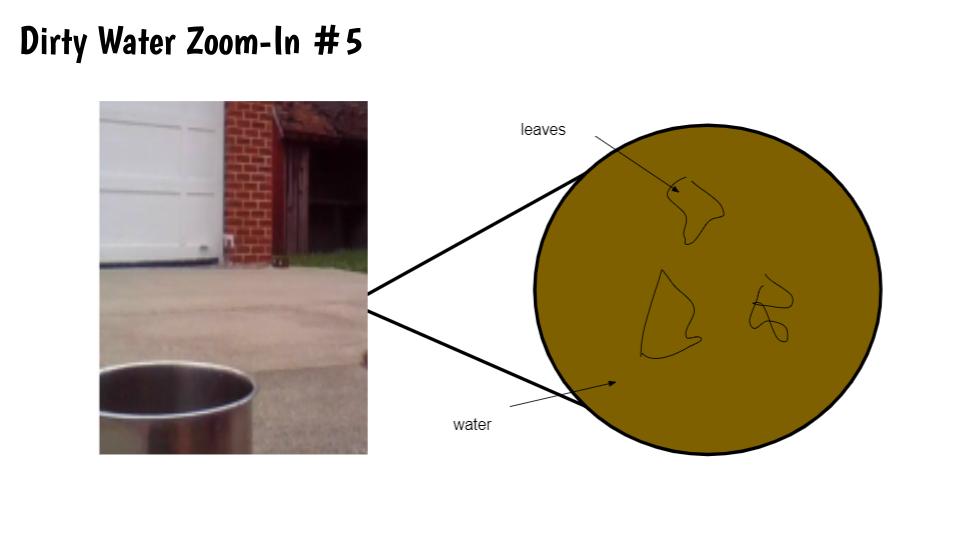
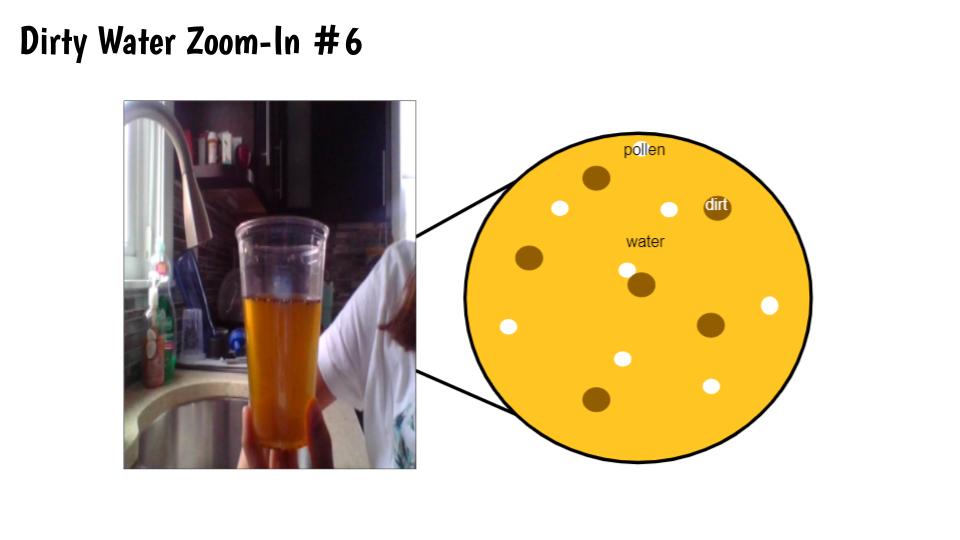
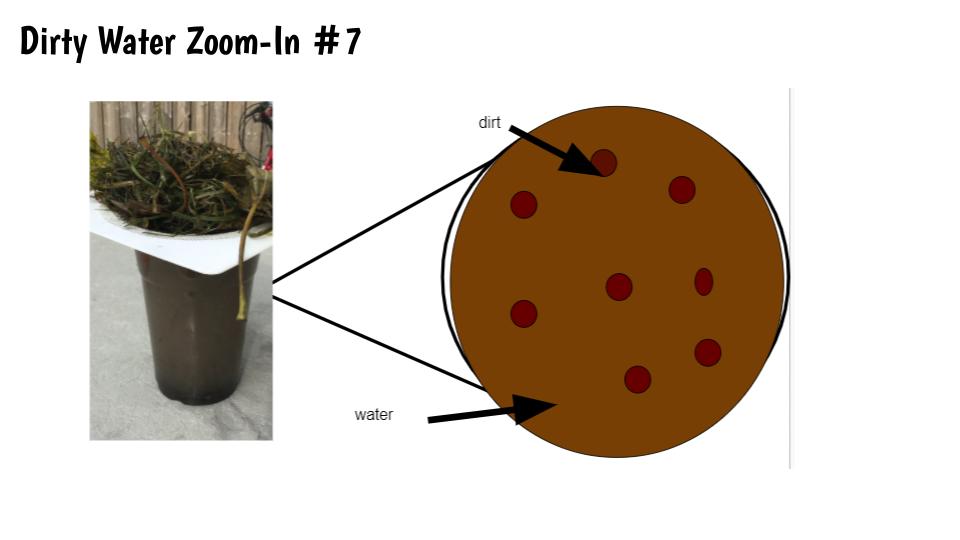
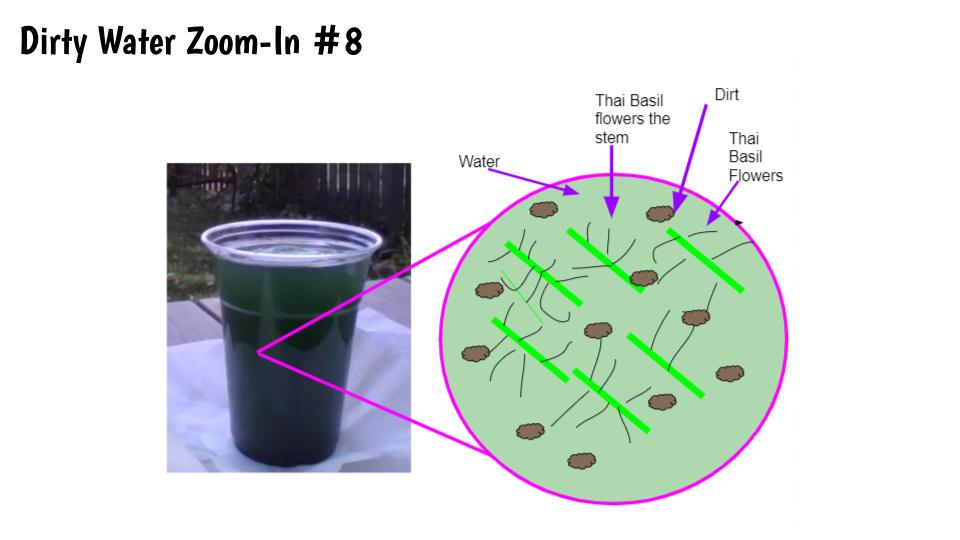
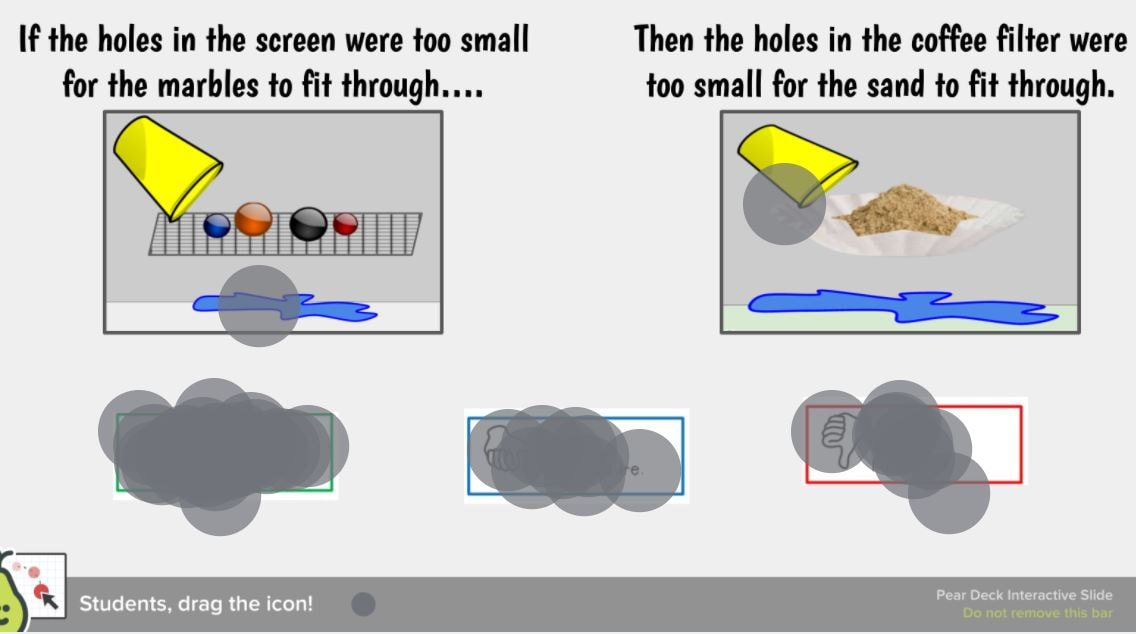
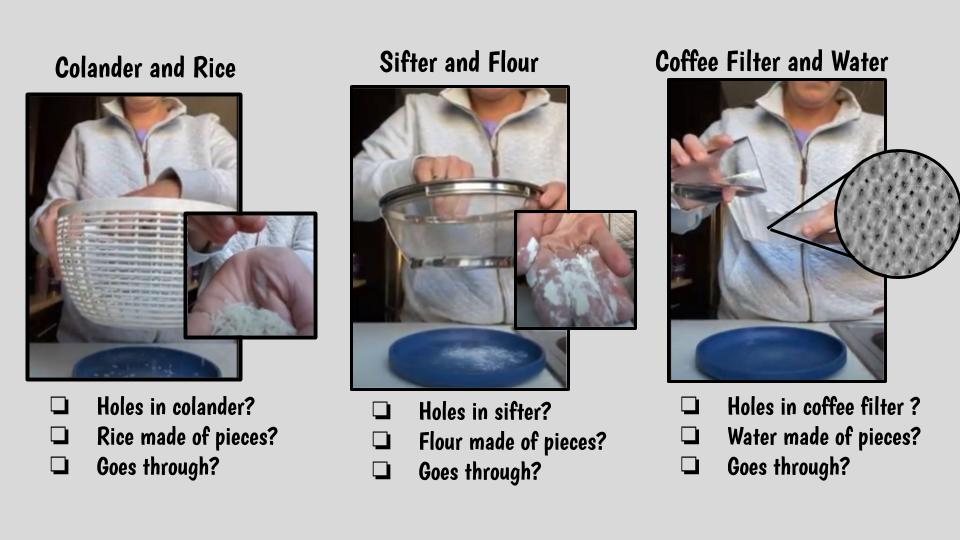
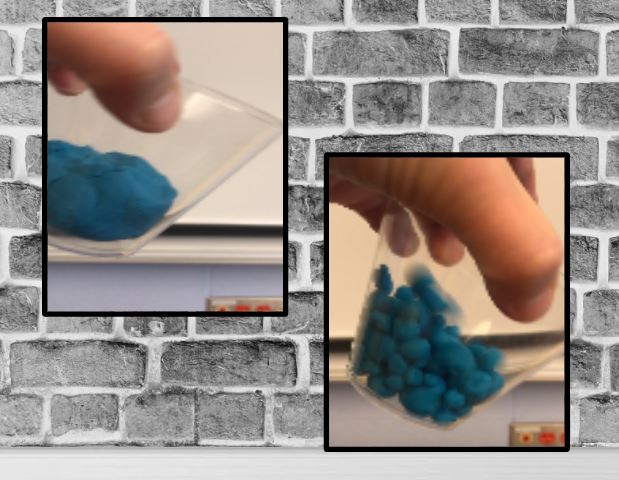
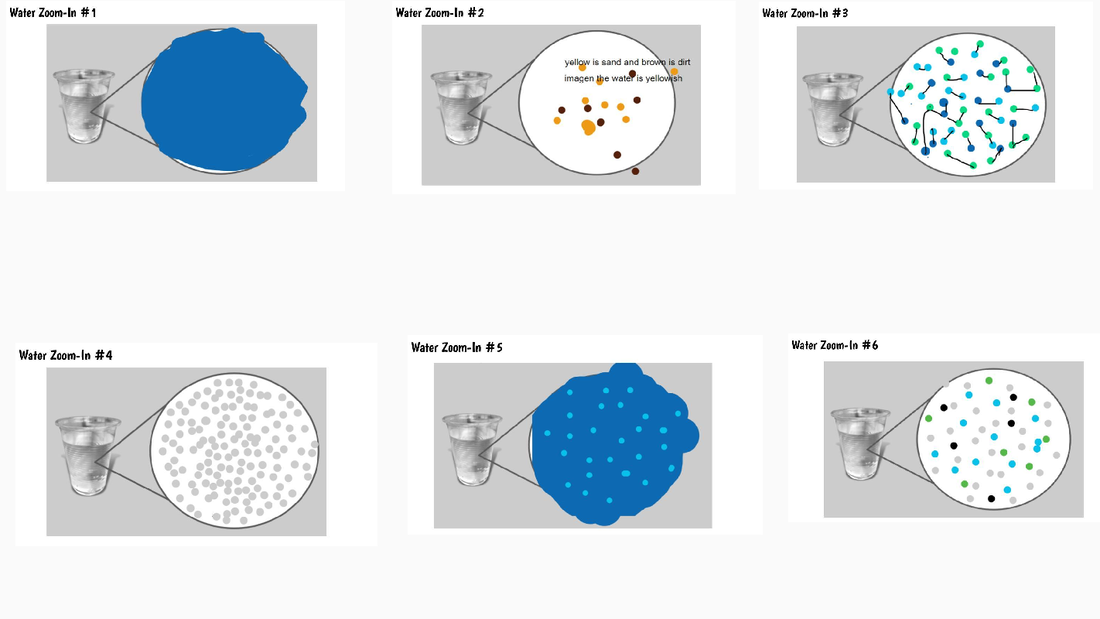
 RSS Feed
RSS Feed